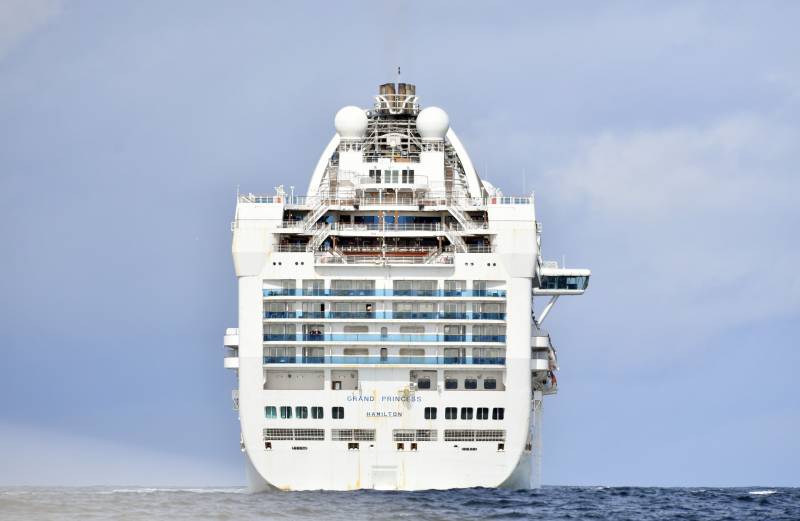Over the past two weeks, crews have pumped more than 1 million gallons of raw sewage from the Grand Princess cruise ship and dumped it in East Bay sanitary sewers for treatment.
Workers for the company Marine Express are regularly removing waste from the ship, which is still anchored in San Francisco Bay after becoming the scene of one of the world's most notorious coronavirus outbreaks.
The effluent is hauled ashore on barges, hit with a dose of disinfectant, then deposited into a huge East Bay Municipal Utility District sewer main called the Alameda Interceptor. From there, the material joins the underground river of everything else that's been flushed down local toilets and flows to the agency's wastewater treatment plant at the foot of the Bay Bridge.
"EBMUD has never received a request quite like this," EBMUD representative Andrea Pook said in an email.
She says that so far the agency has treated 1.3 million gallons of Grand Princess sewage at a cost of close to $13,000.
The process began March 10, a day after the Grand Princess docked at the Port of Oakland. Agency officials "worked late into the night" to figure out how to deal with the sewage, Pook says.
